Supercell Thunderstorms: Nature's Ultimate Storm Machine
Advertisement
6. Chasing the Storm: The Science and Thrill of Supercell Research
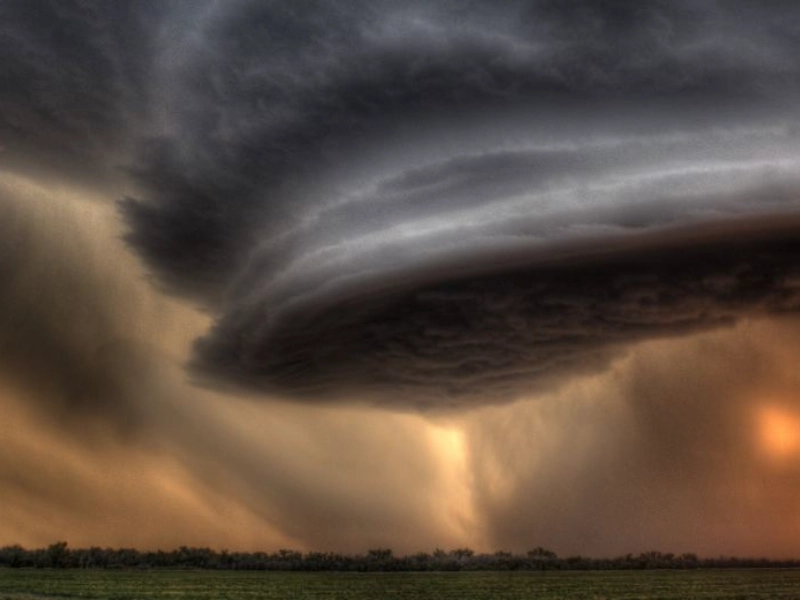
For researchers, meteorologists, and storm chasers all alike, the hunt of supercell thunderstorms has evolved into both a scientific quest and an exciting adventure. This special fusion of science and thrills has resulted in major progress in our knowledge of these strong storms and captured public imagination with striking photographs and films of nature's wrath. When done appropriately and with appropriate training, storm chasing is extremely important for supercell research and has given meteorology important new data.
Fundamentally, storm chasing is the intentional hunt of severe weather—especially supercell thunderstorms—for the aim of scientific observation, data collecting, and occasionally visual documentation. Often working with government agencies or research facilities, professional storm chasers employ a range of specialised tools to collect data on supercells. Mobile weather stations able of measuring wind speed, temperature, pressure, and humidity; deployable probes placed in the path of a storm to gather data as it passes overhead; and high-resolution cameras and video equipment to record the structure and behaviour of the storm.
The gathering of in-situ data from inside and surrounding these strong storms has been one of the most important contributions storm chasing makes to supercell study. Remote sensing by itself cannot deliver the degree of accuracy and detail this on-the-ground data offers. Teams of storm chasers have been used, for instance, by the VORTEX (Verification of the Origins of Rotation in Tornadoes Experiment) programs to operate mobile Doppler radars and other devices near supercells. These studies have improved tornado warning systems and produced revolutionary understanding of how tornadoes develop inside supercells.
Verifying and improving weather forecasts and alerts depends critically on storm chasers as well. Chasers give crucial ground truth by reporting real-time observations of extreme weather phenomena that can help to evaluate the accuracy of radar signatures and model predictions. More accurate warning criteria for supercells and tornadoes and better radar data interpretation have resulted from this feedback loop between forecasters in the office and chasers in the field.
Our knowledge of supercell structure and behaviour has been considerably advanced by the visual evidence supplied by storm chasers. Excellent images and recordings of supercells have let scientists examine the minute features of these storms, from wall cloud development to tornado genesis dynamics. In addition to their educational value, these graphic records help to equip next generations of meteorologists and increase public knowledge of the force and beauty of extreme weather.
Still, storm chasing carries hazards and controversy. Rising popularity of storm chasing, driven in part by reality TV shows and social media, has raised questions about possible interference with emergency response operations and crowding in pursue zones. Pursuing strong and erratic storms also poses major safety hazards, as sadly shown by events involving even experienced chasers who have perished. Responsible storm chasing techniques—including appropriate training, traffic law observance, and prioritising safety above acquiring dramatic footage—have thus been increasingly underlined.
Notwithstanding these obstacles, storm chasing in supercell research has obviously scientific significance. The information and observations collected by committed chasers are stretching the limits of our knowledge on these amazing storms. New technologies like drones and transportable atmospheric profiling equipment are being included into chase operations as technology develops, therefore offering ever more exact insights into future supercell dynamics.
Advertisement
Recommended Reading:
10+ Captivating Portraits of Women in Uniform →
You are viewing page 6 of this article. Please continue to page 7
Stay Updated
Actionable growth insights, once a week. No fluff, no spam—unsubscribe anytime.
Advertisement
You May Like

10 Unobvious Things to Do as Soon as You Enter Your Hotel Room
07/05/2025

Hair Mistakes That Make Women Look Much Older Than They Are
07/07/2025

Watermelon Diet: A Delicious Choice for Summer Weight Loss
07/21/2025

Apricot Jam: The Taste of Summer Sunshine
07/14/2025

Rare Historical Photos That Reveal the Unknown Past
07/06/2025

10 Incredible Cities That Have Changed Beyond Recognition
06/20/2025
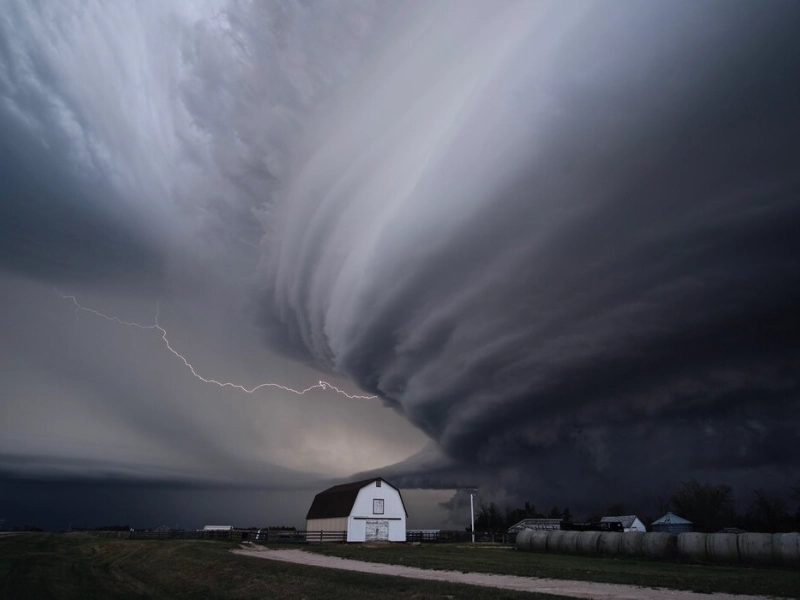
Supercell Thunderstorms: Nature's Ultimate Storm Machine
08/06/2025

9 Amazing Facts About The Blue Lagoon - #6 Will Shock Even Icelanders!
07/26/2025

24 Pets Who Are Evolving Into Their Humans
08/15/2025

20 Luxurious Things From Dubai That Made Us Gasp
06/30/2025
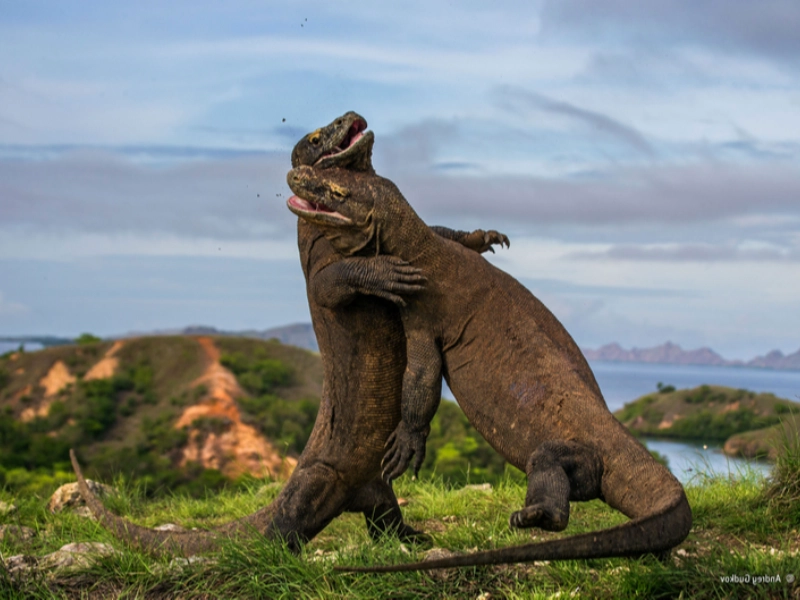
The Best Shot Of A Wild Animal You've Never Seen Before
07/04/2025
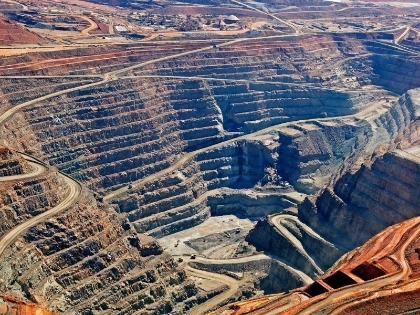
Underground Monsters: The Insane Depths of Earth's Deepest Mines Revealed
08/28/2025

The Strangest Beauty Pageants Through History
07/08/2025

19 Reddit Users Shared Their Best Secrets to Make Life Easier at Home
08/19/2025
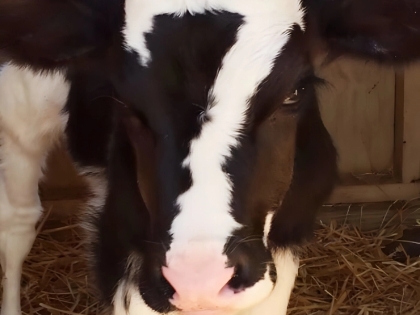
These Animals Were Born With Very Unique Markings That Set Them Apart
09/01/2025

The Surprising Benefits of Sleeping Next to a Lemon
06/30/2025

Debunking the 8-Glass Rule: What Experts Want You to Know
09/01/2025

What Will Happen to Your Body If You Start Eating 3 Dates Every Day for a Week
07/01/2025
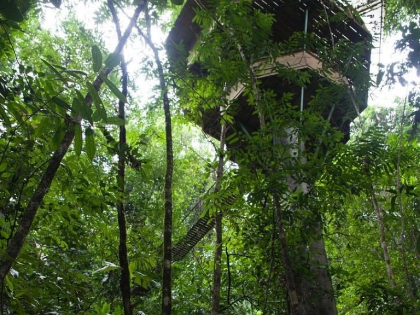
21 Hotels That Can Make Anyone Want to Book the Next Flight
08/31/2025

Experience the Thrill of the World's Fastest 10 Cars
08/23/2025

Nature's Perfect Timing: 15 Mind-Blowing Animal Photos You Can't Miss
06/06/2025

Owners Were Shocked! The Amazing Changes After Pet Grooming
06/17/2025

25 Hilarious Photos that Show the Funny Side of Women's Tennis
06/09/2025

14 Unique Cat Breeds That You Don’t See Every Day
07/18/2025
Comments
DriftParagon · 07/03/2025
Wondering about failure signals.
LatticeFeather · 07/04/2025
Reduces stakeholder thrash.
CipherFable · 08/30/2025
Modular thinking here.
CipherFable · 08/21/2025
Aligns with first principles.